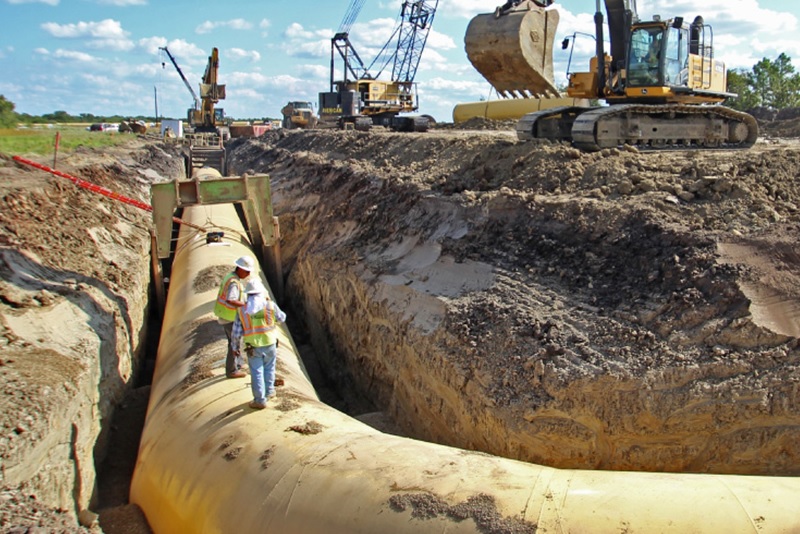As the global population grows, there is also an increasing need for buildings, roads, bridges, and other infrastructures. But, when it comes to land use, not all lands are suitable for every type of major structure. As with any kind of structure, the foundation is a significant component because a failed foundation can lead to catastrophic outcomes. This is the reason an étude géotechnique must be performed by geotechnical engineers. This study allows engineers to investigate the behavior and characteristics of earth material on which they will lay the foundation. But, engineers may come across some issues during this study. These include the following:
There Aren’t Enough Test Holes
Engineers use test holes to get soil samples from varying depth layers. They take these samples to a laboratory to investigate further and determine behaviors and characteristics such as moisture, plasticity, and others. With this, engineers can decide the surface’s bearing capacity, ensuring it can withstand future loads.
But, in some instances, determining the sufficient number of test holes can be hard in a huge parcel of land. Sometimes, investigators may discover that some parts of the land have different soil structure compared to that of test hole locations. The number of test holes can be limited because of the project cost.
The Test Holes are Limited in Number
Deep test holes allow for clear pictures, helping engineers determine suitable foundation depth or other improvement requirements like backfilling or piling before it can hold up to future loads. However, if the test holes are limited in depth, it can make it hard for geotechnical engineers to recommend a foundation solution in case of a bad soil condition. In this case, engineers won’t be able to take responsibility for what’s beyond this depth and thus can’t make any foundation recommendation beyond this.
Extreme Weather Condition
Geotechnical investigations can be challenging because of extremely hot weather. But, when the soil is too dry, identifying the plasticity of soil can also be hard. When the weather is extremely cold, the soil within frost depth will usually rock hard frozen, making it hard to determine the water table’s actual depth. And heavy rainfall can make the site condition muddy. Also, investigators may end up collecting wet soil, making the samples’ moisture content values higher than natural.
Variable Fill Material Depth
During a geotechnical study, engineers need to determine how deep the fill material exists. In some instances, fill materials can have variable depth, which makes it hard to determine soil profile. Also, water table depth can be an important factor to determine foundation solutions.



